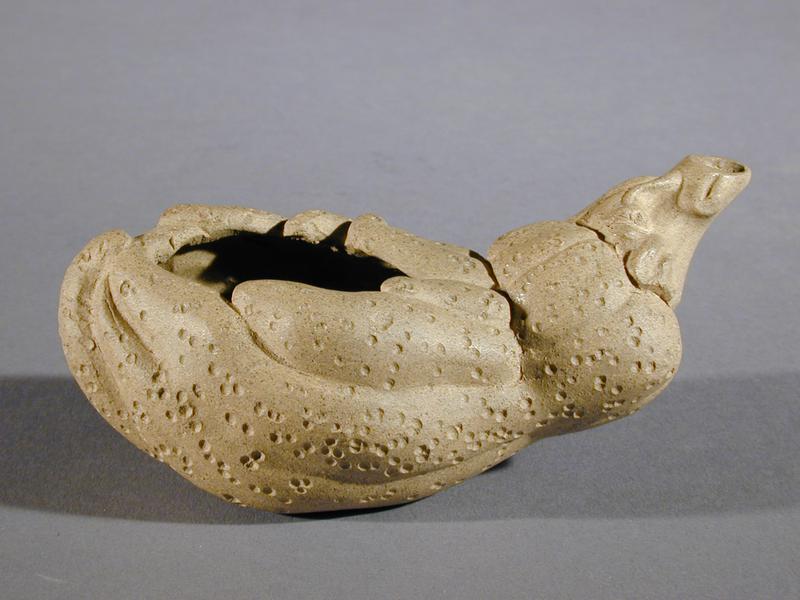
Art Quiz: Vessels & Their Uses
What on earth could that be? The AGGV’s permanent collection houses a variety of interesting and unusual vessels from around the world. What were the function of these items? Test your knowledge in our quiz!

What on earth could that be? The AGGV’s permanent collection houses a variety of interesting and unusual vessels from around the world. What were the function of these items? Test your knowledge in our quiz!

Currently on show at the AGGV is Collecting & Connecting: Recent Asian Art Acquisitions. It is the first exhibition curated by Dr. Heng Wu as the new Asian Art Curator at the Gallery. We speak to her about this show, the impact of the COVID-19 pandemic on the logistics of display and her vision for the AGGV’s Asian art collection.
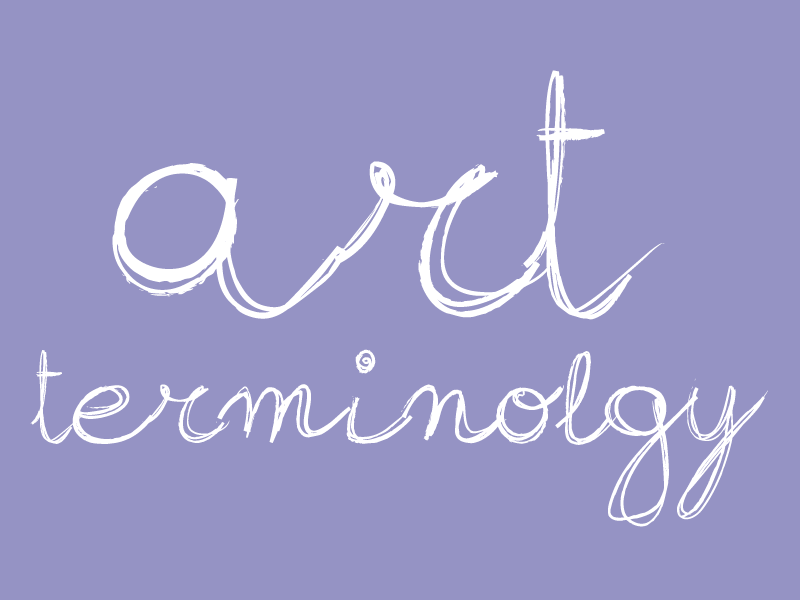
Textile art encompasses a wide range of practices, some which date back millennia. The AGGV is privileged to have in […]
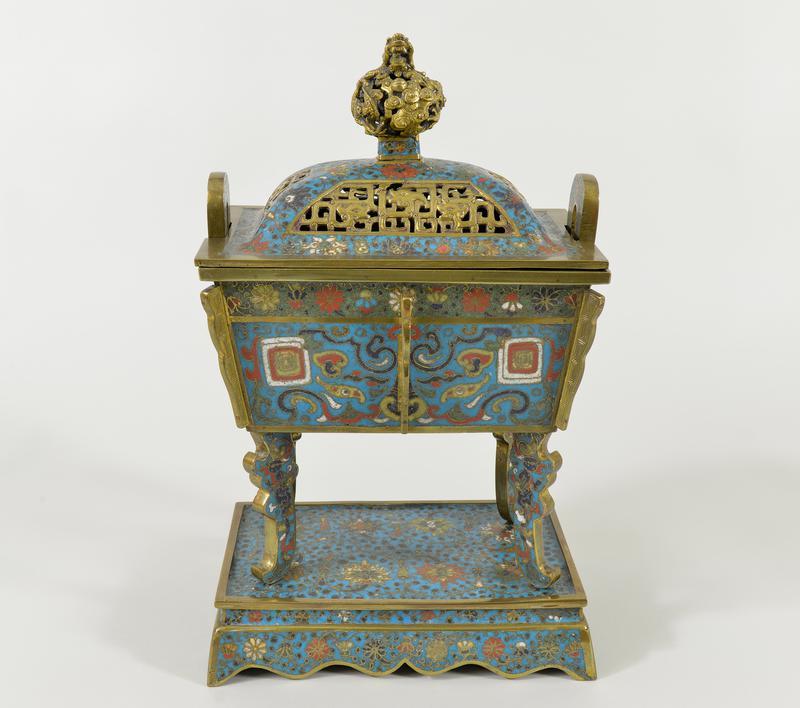
Cloisonné is an ancient technique of decorating metalware with colourful infills of vitreous enamel.
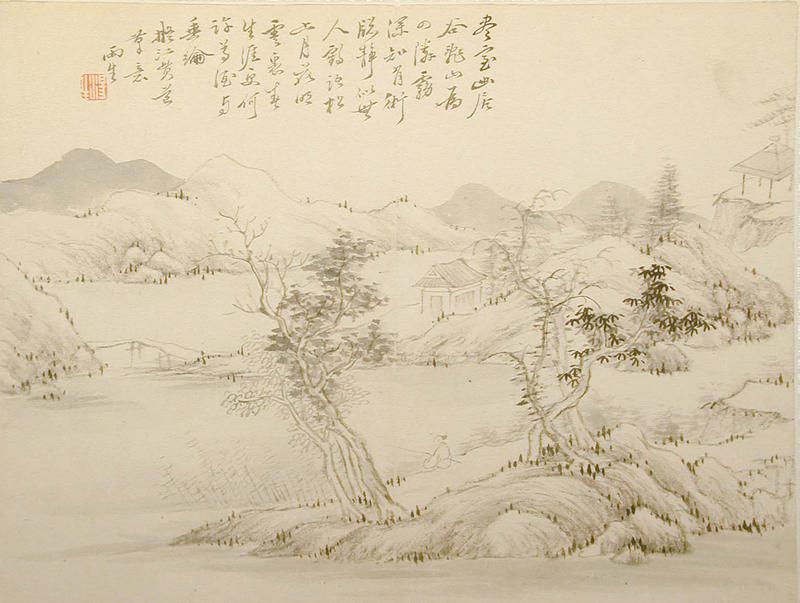
By Audrey Wang, AGGV Volunteer
The practice of Chinese ink painting was a personal and meditative exercise, the essence of the work derived from the spontaneous expression of feelings. And in the Song dynasty, landscape painting became a symbol of escape and sanctuary from the chaos of reality.
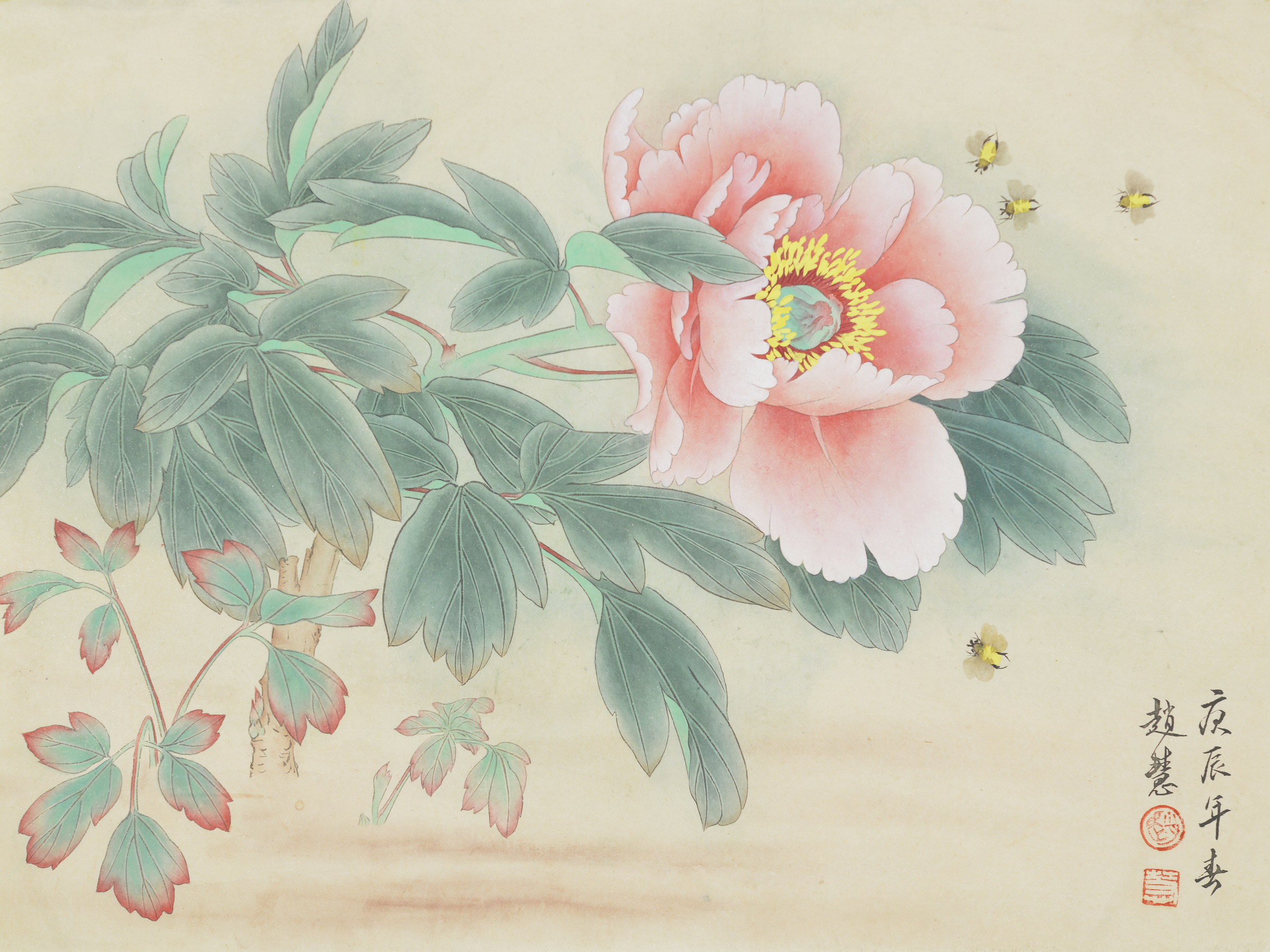
At the Art Gallery, we have a flower count from our vast art collection. How many varieties can you name in the artworks in this article? Take our quiz and scroll down to the end for the answers!

The Art Gallery of Greater Victoria houses one of the greatest and most diverse Asian art collections in Canada, with works from China, Japan, Korea, Tibet, India, Vietnam and Thailand. In this quarter’s segment of “Art Terms For Beginners”, we will continue to focus on terminology specific to Asian art and culture.
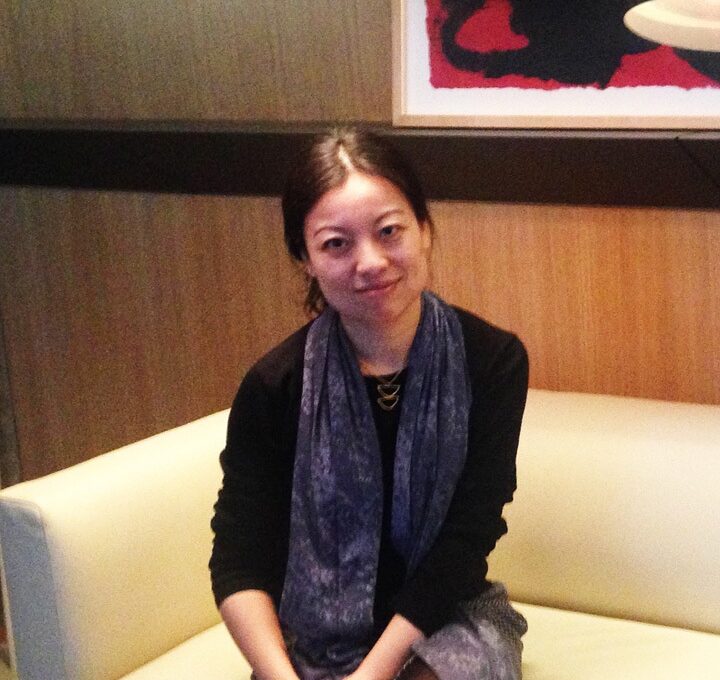
By Jon Tupper, AGGV Director
Dr. Heng Wu is joining us as the Gallery’s Curator of Asian Art (Academic). Heng studied journalism and international business in Shanghai and has a Ph.D in Museum Studies from the University of Bergen in Norway. She worked previously at the Nanjing Museum, one of the leading museums in China.

By Audrey Wang, AGGV Volunteer
The popularity of Chinoiserie emerged in the late 17th and early 18th centuries, attributed to the European fascination with the exotic East. The imagined mysticism of China gave birth to an idealized world of idyllic landscapes and a life of luxury and relaxation.